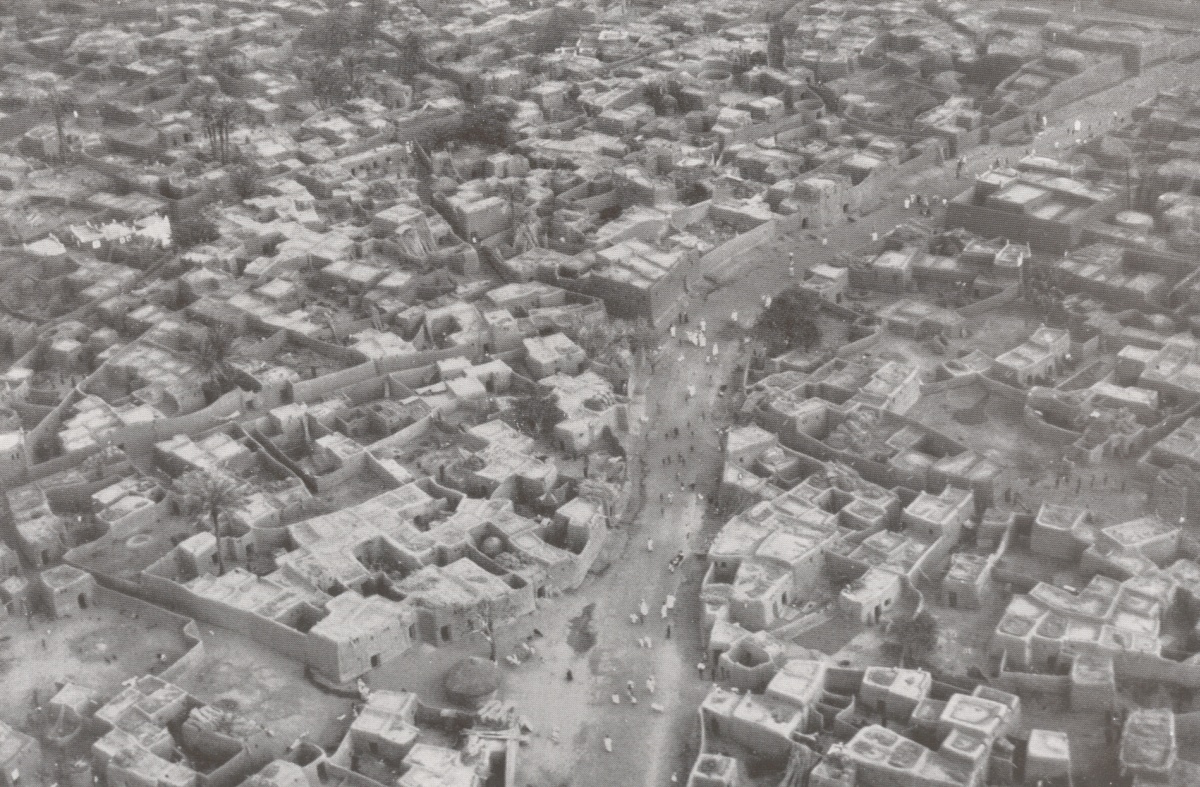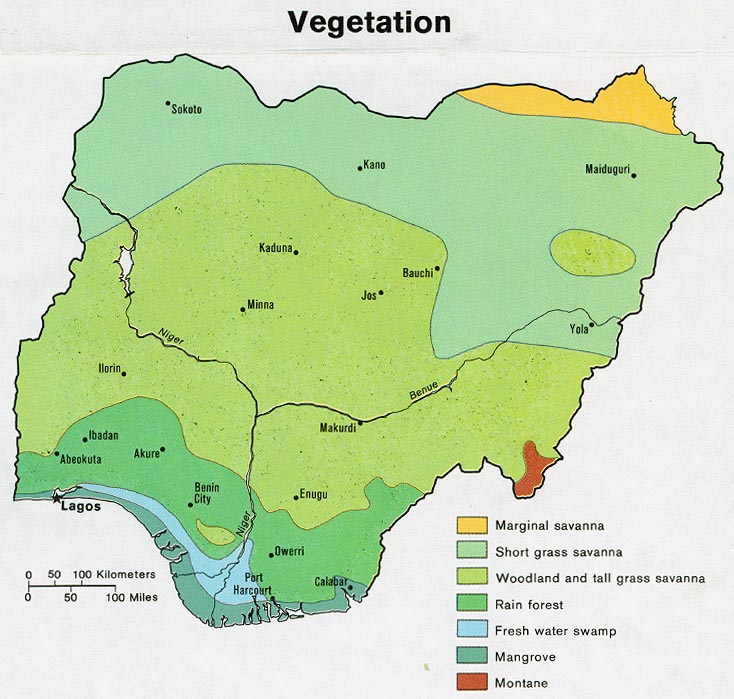|
Tudun Wada (Kano State)
Tudun Wada is a local government area in Kano State. The postal code is 710104. A 2018 study of Tudun Wada found that both temperature and rainfall were likely to increase with climate change in the region, causing increased stress on crops, and would require increased climate change adaptation for agricultural practices. A 2014 study found significant groundwater in the area. Flooding in September 2021 affected the community. A public health study in 1998 found significant presence of Onchocerca volvulus ''Onchocerca volvulus'' is a filarial (arthropod-borne) nematode (roundworm) that causes onchocerciasis (river blindness), and is the second-leading cause of blindness due to infection worldwide after trachoma. It is one of the 20 neglected trop ... in the local government area. References {{Reflist Kano State Local Government Areas in Kano State ... [...More Info...] [...Related Items...] OR: [Wikipedia] [Google] [Baidu] |
States Of Nigeria
Nigeria is a federation of 36 states and 1 federal capital territory. Each of the 36 states is a semi-autonomous political unit that shares powers with the federal government as enumerated under the Constitution of Nigeria, Constitution of the Federal Republic of Nigeria. The Federal Capital Territory (Nigeria), Federal Capital Territory (FCT), is the capital territory of Nigeria, and it is in this territory that the capital city of Abuja is located. The FCT is not a state but is administered by elected officials who are supervised by the federal government. Each state is subdivided into Local government areas of Nigeria, local government areas (LGAs). There are 774 local governments in Nigeria. Under the constitution, the 36 states are co-equal but not supreme because sovereignty resides with the federal government. The constitution can be amended by the National Assembly (Nigeria), National Assembly, but each amendment must be ratified by two-thirds of the 36 states of the feder ... [...More Info...] [...Related Items...] OR: [Wikipedia] [Google] [Baidu] |
Kano State
Kano State (Hausa: ''Jihar Kano''جىِهَر كَنوُ) (Fula: Leydi Kano 𞤤𞤫𞤴𞤣𞤭 𞤳𞤢𞤲𞤮𞥅 ) is one of the 36 states of Nigeria, located in the northern region of the country. According to the national census done in 2006, Kano State is the most populous in Nigeria. The recent official estimates taken in 2016 by the National Bureau of Statistics found that Kano State was still the largest state by population in Nigeria. Created in 1967 from the former Northern Region, Kano State borders Katsina State to the northwest, Jigawa State to the northeast, Bauchi State to the southeast, and Kaduna State to the southwest. The state's capital and largest city is the city of Kano, the second most populous city in Nigeria after Lagos. The incumbent governor of the state is Abdullahi Umar Ganduje. He was sworn in on May 29, 2015. Modern day Kano State was the site of numerous kingdoms and empires, including the Kingdom of Kano, which was centered in Dalla Hil ... [...More Info...] [...Related Items...] OR: [Wikipedia] [Google] [Baidu] |
Climate Change In Nigeria
Climate change in Nigeria is evident from temperature increase, rainfall variability (increasing in coastal areas and decline in continental areas). It is also reflected in drought, desertification, rising sea levels, erosion, floods, thunderstorms, bush fires, landslides, land degradation, more frequent, extreme weather conditions and loss of biodiversity. All of which continues to negatively affect human and animal life and also the ecosystems in Nigeria. Although, depending on the location, regions experience climate change with significant higher temperatures during the dry seasons while rainfalls during rainy seasons help keep the temperature at milder levels. The effects of climate change prompted the World Meteorological Organization, in its 40th Executive Council 1988, to establish a new international scientific assessment panel to be called the International Panel on Climate Change (IPCC). The 2007 IPCC's fourth and final Assessment Report (AR4) revealed that there is a c ... [...More Info...] [...Related Items...] OR: [Wikipedia] [Google] [Baidu] |
Climate Change Adaptation
Climate change adaptation is the process of adjusting to current or expected effects of climate change.IPCC, 2022Annex II: Glossary öller, V., R. van Diemen, J.B.R. Matthews, C. Méndez, S. Semenov, J.S. Fuglestvedt, A. Reisinger (eds.) InClimate Change 2022: Impacts, Adaptation and Vulnerability. Contribution of Working Group II to the Sixth Assessment Report of the Intergovernmental Panel on Climate Change .-O. Pörtner, D.C. Roberts, M. Tignor, E.S. Poloczanska, K. Mintenbeck, A. Alegría, M. Craig, S. Langsdorf, S. Löschke, V. Möller, A. Okem, B. Rama (eds.) Cambridge University Press, Cambridge, UK and New York, NY, USA, pp. 2897–2930, doi:10.1017/9781009325844.029. For humans, adaptation aims to moderate or avoid harm, and exploit opportunities; for natural systems, humans may intervene to help adjustment. Adaptation actions can be either incremental (actions where the central aim is to maintain the essence and integrity of a system) or transformative (actions that chang ... [...More Info...] [...Related Items...] OR: [Wikipedia] [Google] [Baidu] |
Onchocerca Volvulus
''Onchocerca volvulus'' is a filarial (arthropod-borne) nematode (roundworm) that causes onchocerciasis (river blindness), and is the second-leading cause of blindness due to infection worldwide after trachoma. It is one of the 20 neglected tropical diseases listed by the World Health Organization, with elimination from certain countries expected by 2020. John O’Neill, an Irish surgeon, first described ''Onchocerca volvulus'' in 1874, when he found it to be the causative agent of ‘craw-craw’, a skin disease found in West Africa. A Guatemalan doctor, Rodolfo Robles, first linked it to visual impairment in 1917. ''O. volvulus'' is primarily found in sub-Saharan Africa, and humans are the only known definitive host; there is also disease transmission in some South American nations, as well as Yemen (see global map bottom right). It is spread from person to person via female biting blackflies of the genus ''Simulium''. Morphology ''O. volvulus'' parasites obtain nutrients f ... [...More Info...] [...Related Items...] OR: [Wikipedia] [Google] [Baidu] |



